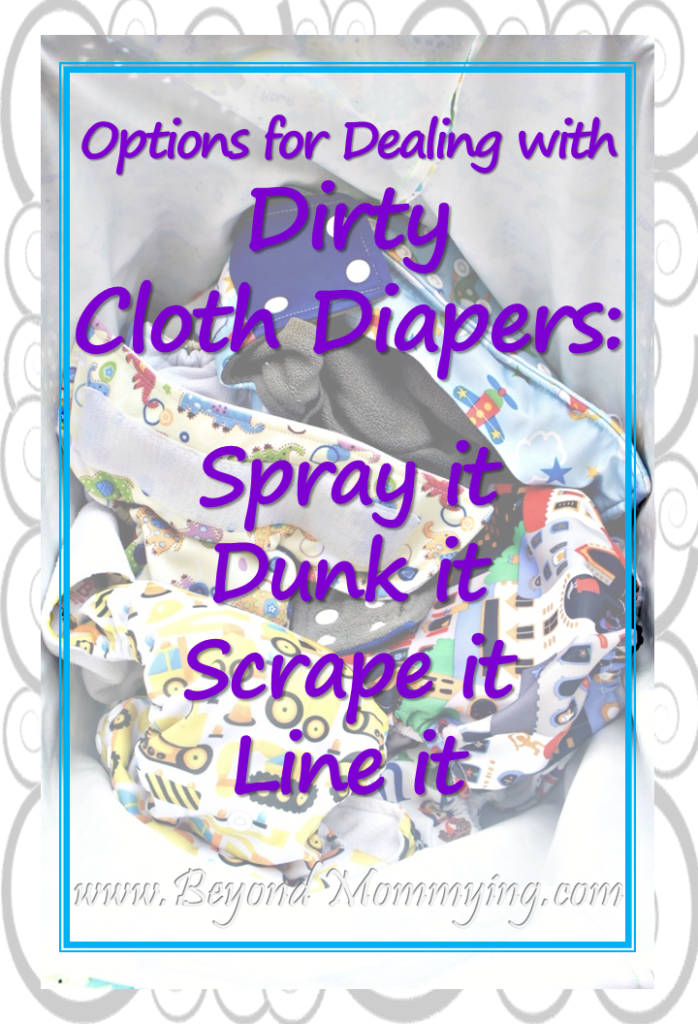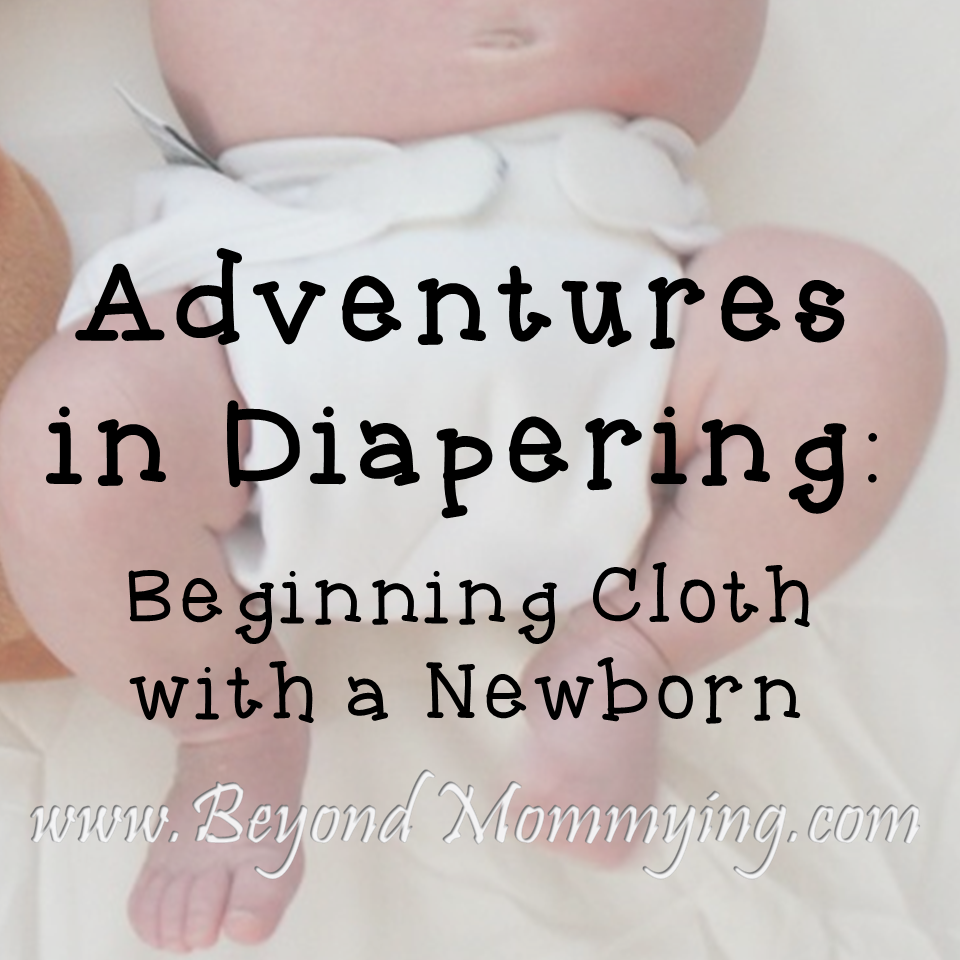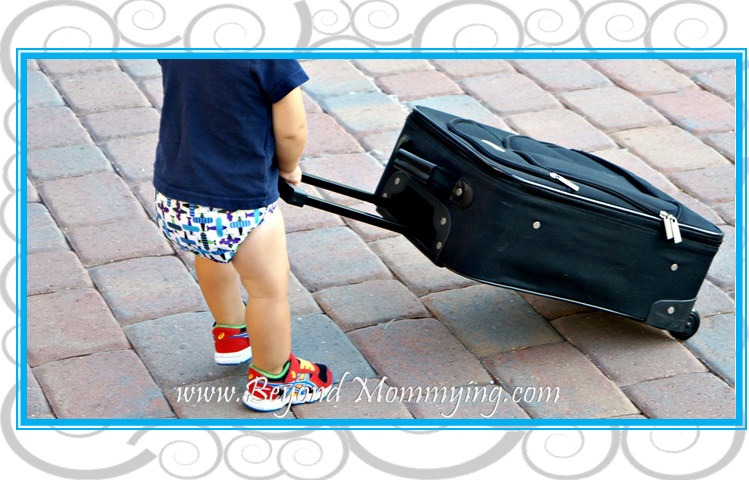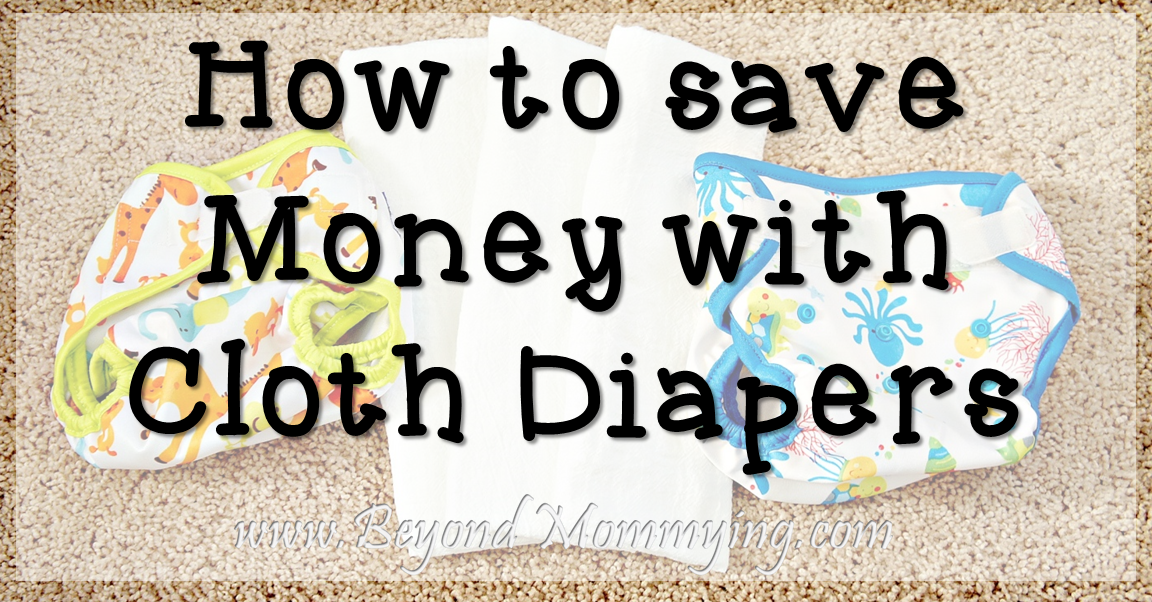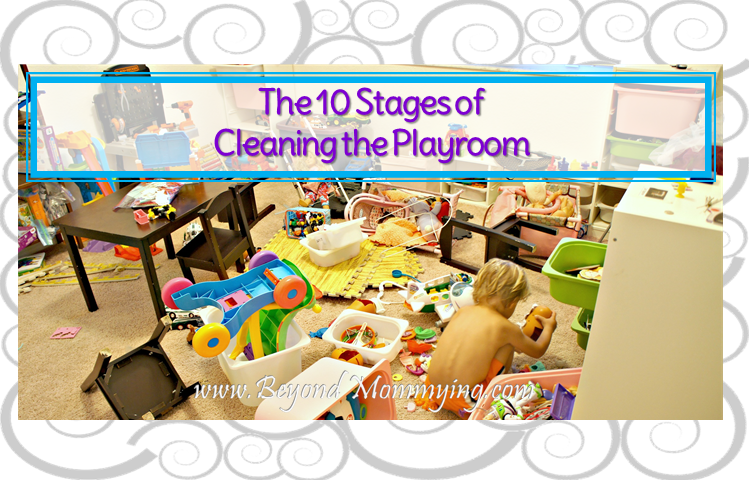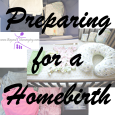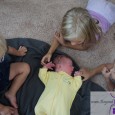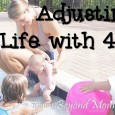When I decided to try cloth diapering over a year ago, I was excited but realistic. I liked the idea of cloth diapering as far as the cost savings (it can save you loads of money!) and convenience went but we’re talking about poop here and dirty cloth diapers once baby started solids wasn’t something I was too sure of. So I decided to take it slow: buy an inexpensive newborn cloth diaper stash (read my reviews) to use for the first 6 months while baby was exclusively breastfed and the dirty cloth diapers could just be thrown in the washer with the pee only ones, no poo-removal required.
This post contains affiliate links meaning if you click a link and make a purchase, Beyond Mommying may receive a small commission. Affiliate links are denoted with (AL).
But it turns out even after starting solids (chunks from baby led weaning and all), I love cloth diapering (read all the reasons why cloth diapering is seriously awesome) and while learning to deal with dirty cloth diapers once the poo got real was a bit of a learning curve, I’ve now found a system that works best for me. But my way is certainly not the only way to deal with dirty cloth diapers, there are almost as many ways to deal with dirty cloth diapers as there are types of cloth diapers.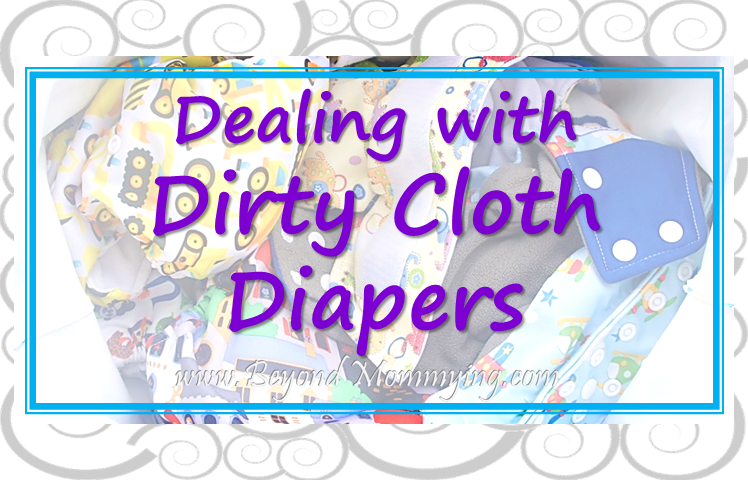
Ways to deal with cleaning dirty cloth diapers:
Spray it
Spraying seems to be the way to go for cloth diapering enthusiasts. Spraying works by using high-pressured water to wash off the poo. There’s two options for spraying, the easiest is to use a pull-down shower head and spray into a bucket the flushing (because you don’t want that yuck in your tub or shower and going down the drain!) or to use a diaper sprayer attached to the toilet. You can easily put together your own DIY diaper sprayer or buy a diaper sprayer
(AL) intended specifically for cloth diapering.
While diaper sprayers are not pricey, the investment for me is not worth it since I’ll only be cloth diapering one baby plus it’s more time and work that I’m just not interested in.
Dunk it
This is the classic method: dunk and swish, exactly like it sounds. Grab hold of that diaper and dunk, dunk, dunk in the toilet, swish it around and work that poo off. Sometimes flushing the toilet as you dunk and swish provides additional pressure which helps remove the poo but it’s also very possible to lose a cloth diaper that way so be careful with flushing when dunking and swishing!
Even though this is the way I’ve always dealt with soiled underwear when potty training, it’s always been a matter of unexpected necessity, choosing to spend extra time in the toilet is not my idea of a good time.
Scrape it
It’s simple: grab that dollar store spatula and scrape the poo off into the toilet then, if necessary, follow up with a good dunk and swish. The scraping helps to easily remove the bulk of the poo then the dunk and swish helps to remove the last little bits.
Just as I don’t want to spend extra time in the toilet spraying or dunking or swishing or flushing, I’m not really into scraping either. Plus, where I would keep a dirty poo spatula?
Line it
This might just be the easiest: simply put a liner in the diaper. When using cloth diaper liners, there are a few different options:
Stay Dry Liners
Reusable Stay Dry Cloth Diaper Liners (AL) which are designed to help pull the moisture away from baby’s sensitive little bottom and provide a wetness barrier are also good for keeping poo off cloth diapers. Though, like the cloth diapers themselves, the washable stay dry liners need to be free of poo before washing so you’ll still end up spending a little time with your toilet, the liners are generally easier to clean off because of their smaller size and the material they’re made from.
Homemade Fleece Liners
You can also make homemade washable liners out of either fleece bought at the fabric store or a cheap, thin Fleece Throw Blanket (AL). Simply cut the blanket/fabric to about the size of your diaper liners and lay in the diaper. Again, you’ll have to remove the poo from the liner before washing but doing homemade fleece cloth diaper liners are usually more cost-effective than buying stay dry liners which makes it easier to throw the really messy ones away!
Flushable Liners
Flushable Cloth Diaper Liners (AL) are probably the second most popular choice for dealing with dirty cloth diapers. These thin, papery liners are made to be pulled out of the diaper and disposed of without any additional cleanup or step necessary though it’s a good idea to plop what poo you can in the toilet. This not only helps with stink around the house, it is also better for the environment. Though don’t be fooled by the name: even though they’re called flushable liners and are often biodegradable, it’s best not to actually flush the liner as they’re not designed to break up as easily as toilet paper and regular flushing of liners can cause quiet a back up and mess! (More info and some serious yuck here.)
Paper Towels
This is the most cost-effective disposable liner option and though they’re not reusable and take away some of the cost and environmental savings of cloth diapering, the cost and waste is still waaaaaay less that disposable diapers! The ones you want for this purpose are Viva Papertowels
(AL) in the soft and strong choose-a-size. A single section is the perfect size to use as a diaper liner, they don’t fall apart and are soft on baby’s bum. Like the flushable liners, you’ll want to plop what poo you can in the toilet but don’t want to flush the actual liner. I now use my little diaper pail just for liners and wipes (I also gave up on cloth wipes when the real poo came!)
This is the option I’ve chosen to go with for dealing with dirty cloth diapers. I mostly use the paper towels and keep a roll everywhere I change diapers including in the car. Originally I tried the homemade fleece liners when Pipsqueak started solids but they were too messy for me and added quite a bit of bulk. I’ve been trying them every once in a while, though, as he grows and his diet changes and maybe someday his poo will be nice enough to go back to the washable liners.
How do you prefer to deal with dirty cloth diapers?
Pin it!




